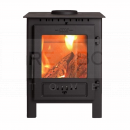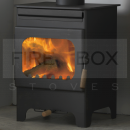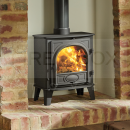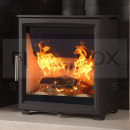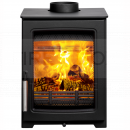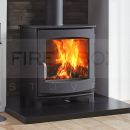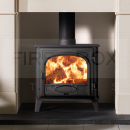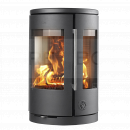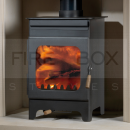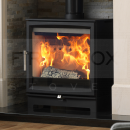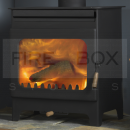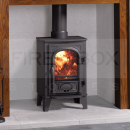Filter Products +-
Brand
Smoke Control (DEFRA)
Colour
Flue Outlet Size
Energy Efficiency
SIA Ecodesign Ready
Nominal Output (Range)
Width (Range)
Body Matrial
Style
Height (Range)
Defra Approved Stoves > Wood Burning Defra Stoves
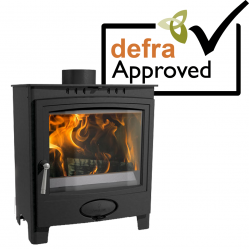
Wood Burning Defra Stoves
Want to burn quality kiln-dried wood but live in a smoke control area? No problem! Our beautiful range of Defra approves wood burning stoves will allow you to do just so. These stoves have been tested by the Department of Environment, Farming and Rural Affairs (Defra) and deemed suitable for burning wood in the city without producing smoke or other chemicals. Wood has previously been banned from being burnt in the city as it produces smoke and particulates which are harmful to the environment. Defra approved stoves are exempt from this as they have been designed to burn with a constant air supply, resulting in a much cleaner combustion process.
Here you will find all the best Defra approved wood burning stoves available. We have a huge selection, from 3kW Defra approved multifuel stoves to larger 10kW plus, all available in traditional or contemporary designs and a range of materials: steel and/or cast-iron. We supply some beautiful freestanding Defra approved wood burning stoves available in cylindrical form which looks great as a corner feature in a large room, and some lovely portrait and landscape Defra approved wood burning stoves which look great situated in a chimney breast or false wall. Whatever type of Defra approved wood burning stove you are looking for, or even if you do not know what you are looking for, come in and have a chat with us and we can help with that all-important decision.












Loading More Results
